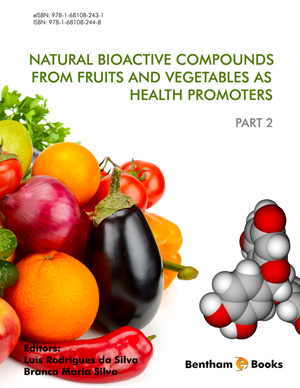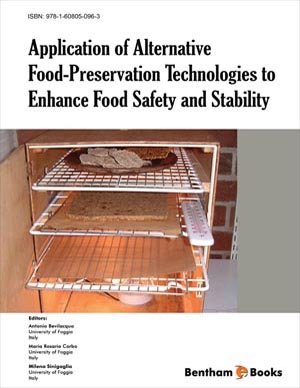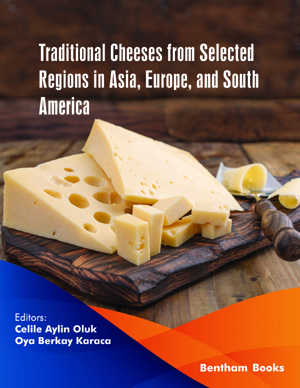Abstract
Juglans regia (L.) is a deciduous tree, spread throughout the world due to its nutritional and sensory value. Although walnuts, the J. regia seeds, have been part of the human diet for a long time, only in the recent years several studies have surfaced on this botanical species as a rich and inexpensive source of bioactive compounds. In fact, much research is available depicting the human health benefits of J. regia seeds, leaves and green husks for a wide variety of diseases mediated by oxidative stress, namelly cancer, and neurodegenerative disorders. Among bioactive compounds, polyphenols play an important role. They are well known for their strong antioxidant, antihemolytic, antidiabetic, antimicrobial, antimutagenic and anticarcinogenic activities and are considered by many researchers responsible for the beneficial health effects of J. regia and its derivatives. In this chapter, we aim to emphasize the phytochemical composition, nutritional value and health promoting properties of J. regia, especially those related to its antioxidant and anticancer activities. Among several nut types, walnut stands up as a functional food, rich in antioxidants, especially in phenolic compounds and tocopherols. The potential for J. regia to be used as both preventive and therapeutic measure in several human diseases is high. For that reason, a lot of attention has been given to J. regia in the last decade.
Our chapter, summarizes the main studies about J. regia and its beneficial effects on human health, focusing on its antioxidant and anticancer activities.
Keywords: Antioxidants, Cancer, Juglans regia, Juglone, Polyphenols, Walnut.



















